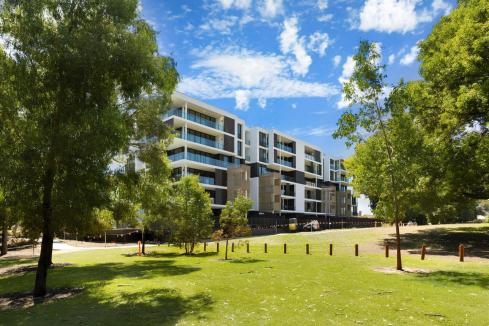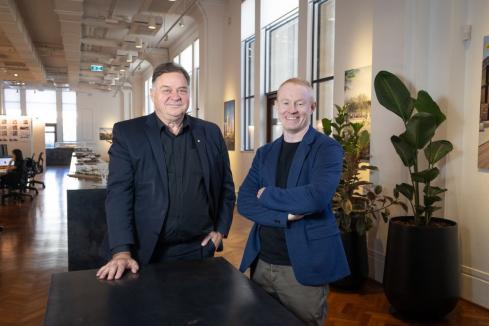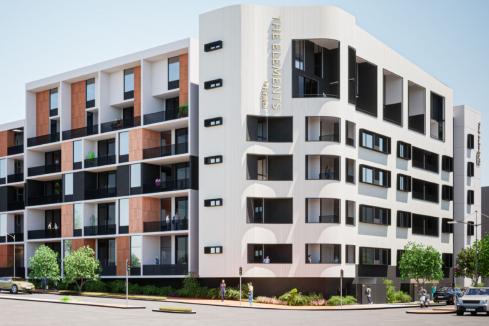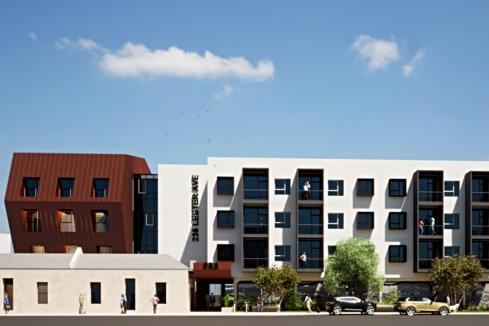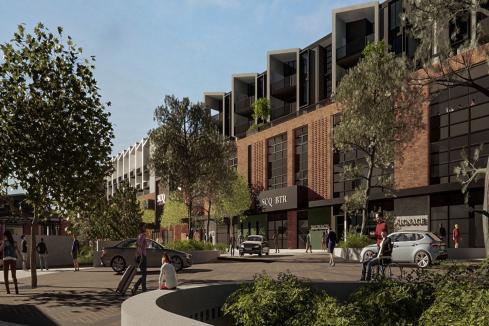Rooftop water tanks, wind turbines, solar panels and even waterless woks in food courts are some of the initiatives shopping centre owners are implementing to reduce their environmental footprint.


Rooftop water tanks, wind turbines, solar panels and even waterless woks in food courts are some of the initiatives shopping centre owners are implementing to reduce their environmental footprint.
Launched in August 2006, the Green Building Council of Australia’s ‘green star shopping centre design’ pilot program has been providing rating tools for stakeholders to assess the environmental impact of new shopping centres, centre additions and major refurbishments.
Centres are awarded ratings from four-star ‘best practice’ through to six-star ‘world leadership’ based on performance across eight categories, from indoor environmental quality to energy, transport and emissions.
Shopping Centre Council of Australia executive director Milton Cockburn said shopping centres were redeveloped on average every 10 years, which gave owners the opportunity to reassess water and energy usage and adopt green designs.
“It’s become so big now that new centres on greenfields sites can’t be built without being five-star. Owners of existing centres are saying ‘we’re big gas guzzlers and how can we change this?’” he told WA Business News.
“I think corporate social image is driving it to a large extent, but owners are discovering that the sustainability measures will make commercial sense in many ways down the track.”
In Western Australia, GE Capital is seeking one of the first six-star green ratings in the country for the redevelopment of its Beldon Shopping Centre on Marmion Avenue.
The 20-year-old centre is undergoing a minor expansion, from 3,360square metres to 4,107sq m net lettable area this year.
Among its green credentials, the refurbished centre will have a 35-metre high wind turbine installed at its entrance and a small roof top turbine placed on its roof alongside photovoltaic solar panels.
It is anticipated the combined power of the free standing and roof top turbines and roof top solar cells will generate enough power to supply the shopping centre, with the exception of anchor tenant Woolworths, and supply power back to the grid.
Designed by architects Cameron Chisholm Nicol, the centre will also comprise above- and below-ground water tanks, and an angled roof structures to capture rainwater.
Green Building Council of Australia spokesperson Emma Piper said a significant number of developers were trialling the pilot tools, and once feedback was collated, the council would formalise the tools in September and start accepting registrations.
“A lot of the big players have come to us and we have created the tools to meet that demand. Given the huge uptake of our commercial office tools, we’re expecting a significant number of registrations,” Ms Piper said.
Mr Cockburn said he was not surprised that shopping centre owners such as GE Capital were taking the cause to a new level, with players including Mirvac, Westfield and The GPT Group already aiming for five-star projects across Australia.
“Owners are getting serious to the point of bringing tenants on board to cut their energy and water use, particularly food court tenants. The Chinese outlets use incredible amounts of water to keep their woks cool and owners are now pushing for them to use waterless woks instead,” he said.
Ms Piper said the council was considering developing a set of rating tools to address retail tenancy fitouts, however no commitment to introduce these had been made to date.









